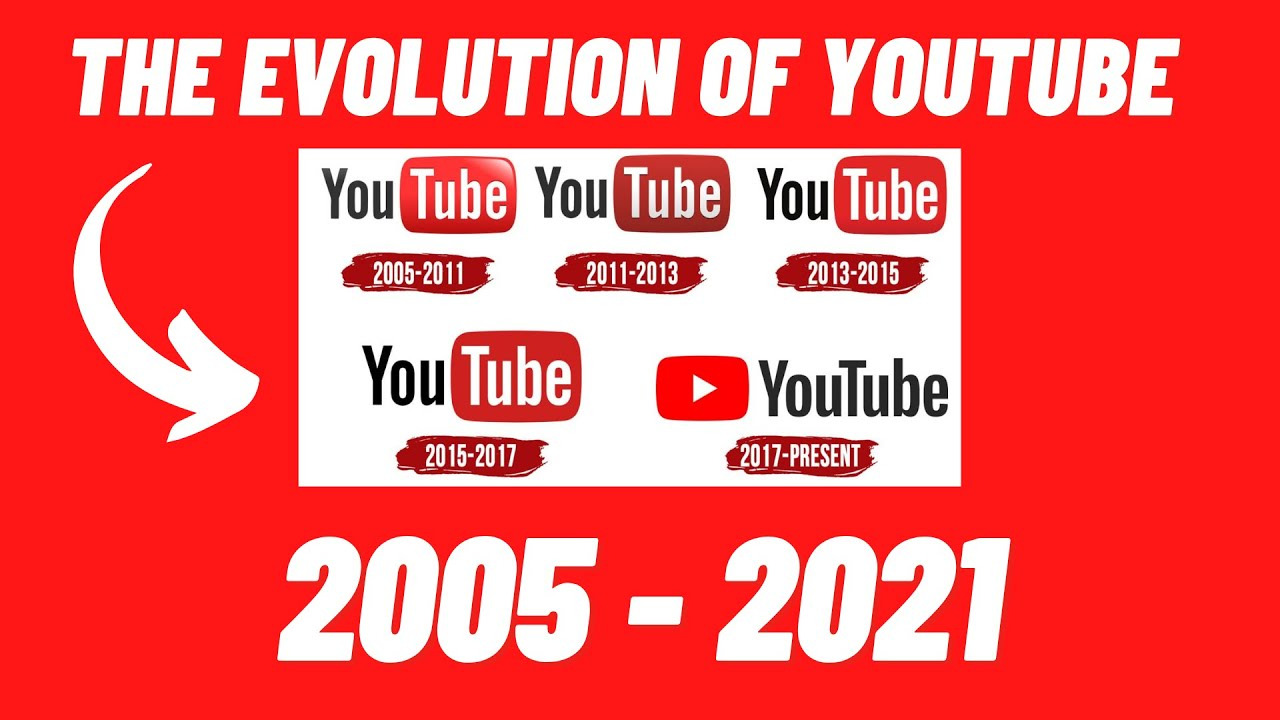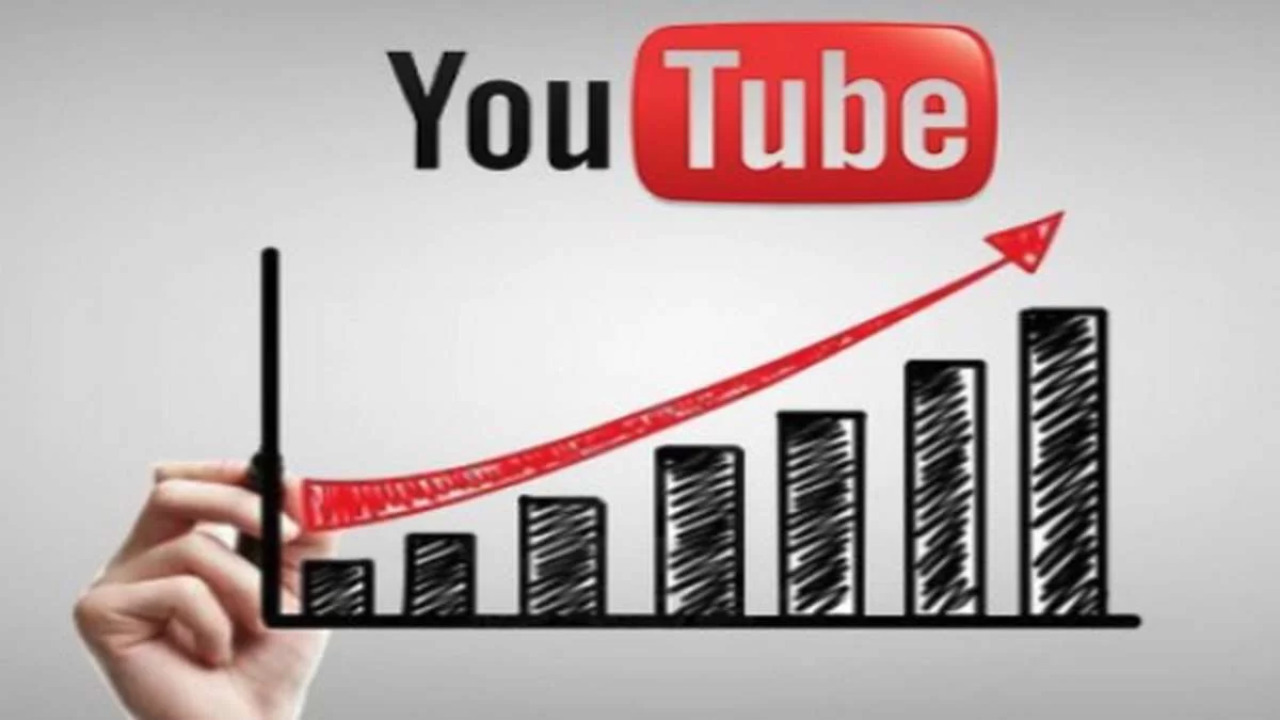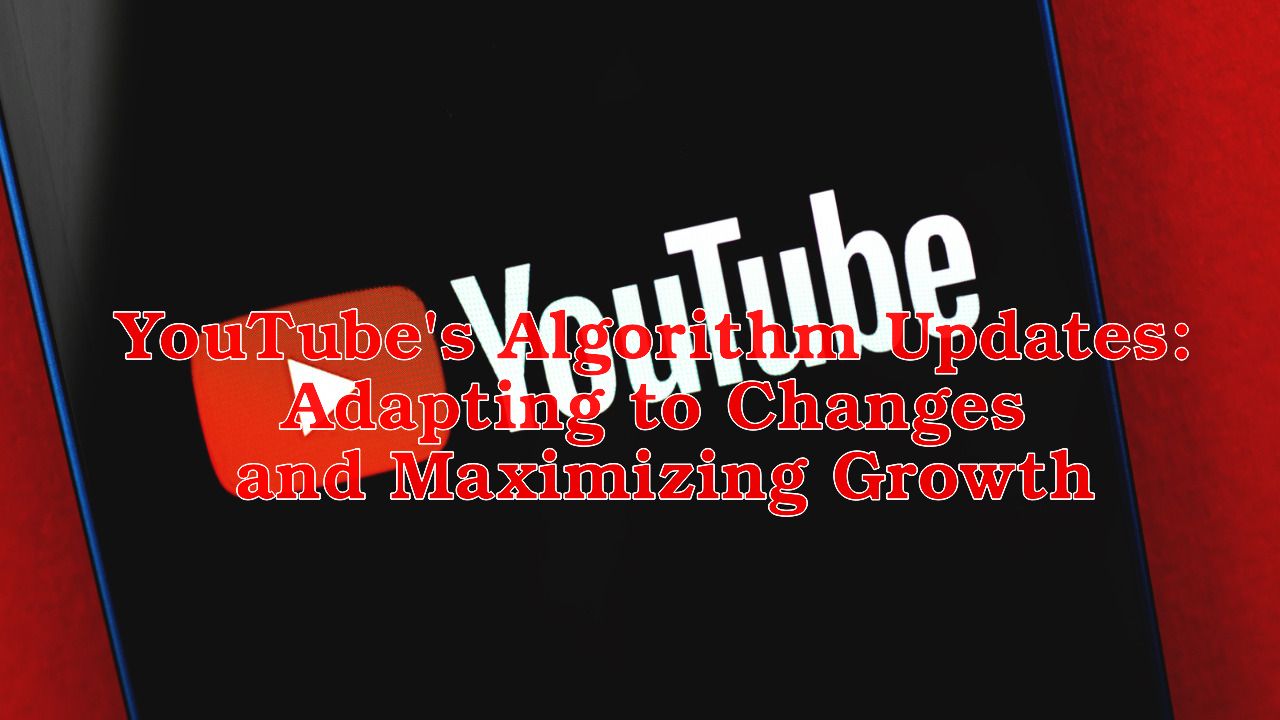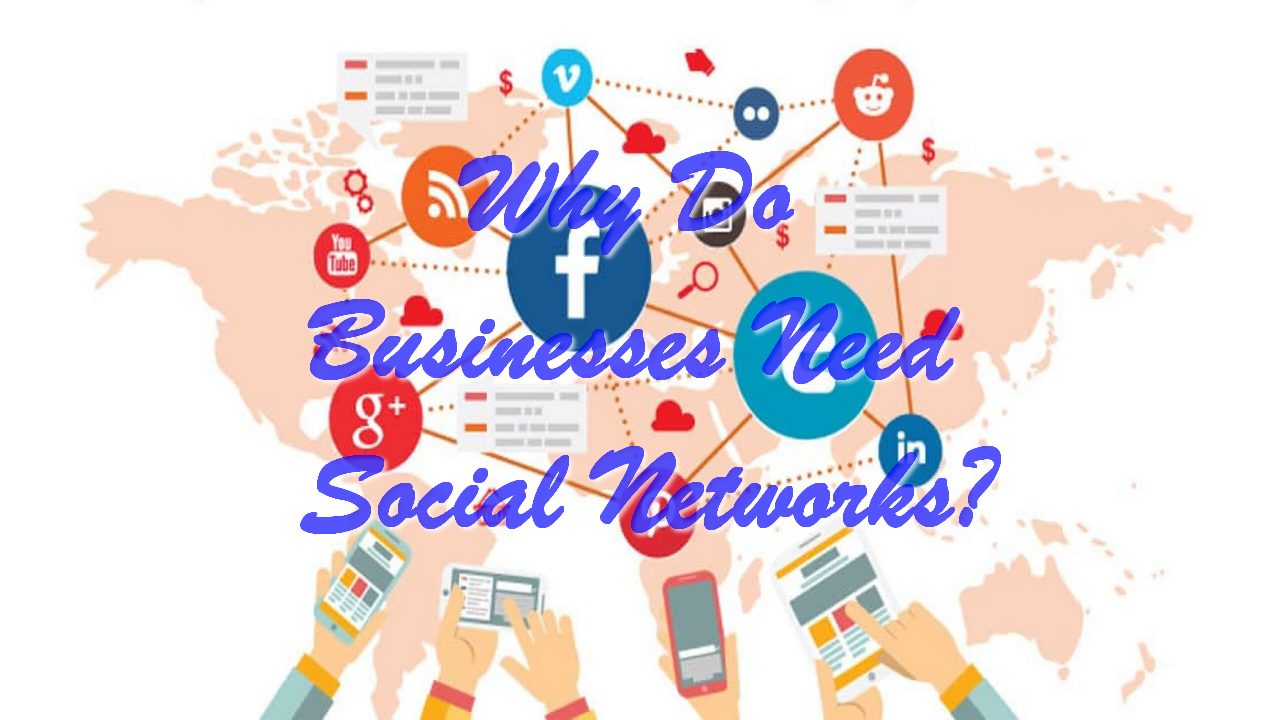YouTube, the world’s largest video-sharing platform, has experienced tremendous growth over the years, hosting billions of hours of content and attracting billions of active users. Central to this success is YouTube’s algorithm, a complex system that determines which videos are shown to users, tailoring the content to individual preferences. Over time, YouTube’s algorithm has undergone numerous updates to improve user experience, encourage engagement, and maximize growth for content creators. In this article, we will explore four key subheadings that delve into YouTube’s algorithm updates and how content creators can adapt to these changes while maximizing their growth potential.
Evolution of YouTube’s Algorithm

YouTube’s algorithm has evolved significantly since its inception in 2005. In the early days, the platform primarily ranked videos based on view count, favoring popular videos over others. However, this approach had its limitations, as it tended to promote clickbait and low-quality content, often overshadowing more valuable videos. Over time, YouTube shifted its focus towards engagement metrics, such as watch time, likes, comments, and shares, as key indicators of video quality and relevance, and that’s why now it is not easy to get subs for YouTube.
In recent years, YouTube’s algorithm has become even more sophisticated, leveraging machine learning and artificial intelligence to analyze vast amounts of data. It now considers various factors, including user behavior, video metadata, and audience retention, to personalize video recommendations further. This enables YouTube to suggest content that aligns with users’ interests, leading to increased user satisfaction and prolonged engagement.
Understanding Algorithm Updates

YouTube frequently updates its algorithm to enhance the user experience and address emerging challenges. These updates are often geared towards rewarding high-quality content, reducing spam and misinformation, and promoting responsible content creation. Some algorithm updates have received considerable attention and scrutiny from content creators due to their impact on video visibility and revenue generation.
One notable update is the “Adpocalypse,” which aimed to ensure brand safety by demonetizing videos that violated YouTube’s ad-friendly guidelines. This caused concern among creators who saw their revenue streams affected. Another significant update involved combating the spread of misinformation and harmful content by tweaking the algorithm to surface more authoritative sources.
Adapting to Algorithm Changes

As YouTube’s algorithm continues to evolve, content creators must stay informed about updates and adapt their strategies accordingly. There are several ways creators can respond to algorithm changes to maintain and grow their audience:
Quality Content Creation: The algorithm prioritizes videos with higher watch times and engagement rates. To thrive on YouTube, creators must focus on producing high-quality, engaging content that resonates with their target audience. Understanding the preferences of the target demographic and delivering valuable content will boost user satisfaction and increase the likelihood of video recommendations.
Consistency and Scheduling: Consistency is key on YouTube. Creators who establish a regular upload schedule and stick to it are more likely to retain and grow their audience. Regular uploads not only keep viewers engaged but also signal to the algorithm that the channel is active and relevant.
Keyword Research and Optimization: Strategic use of keywords in video titles, descriptions, and tags helps the algorithm understand the content’s context and relevance. Creators should conduct thorough keyword research to identify trending topics and popular search queries within their niche and incorporate them organically into their content.
Maximizing Growth on YouTube

To maximize growth on YouTube, content creators can employ specific strategies to leverage the algorithm’s capabilities in their favor:
Engagement and Interaction: Encouraging viewer interaction through calls-to-action, responding to comments, and engaging with the audience builds a loyal community. Increased engagement signals the algorithm that the content is valuable and relevant, leading to more recommendations.
Diversification of Content: Offering a diverse range of content on the channel can attract a broader audience and increase watch time. Creators can experiment with various formats, such as tutorials, vlogs, challenges, or collaborations, to cater to different viewer preferences.
Cross-Promotion and Collaboration: Partnering with other creators for cross-promotion can introduce the channel to new audiences and foster growth. Collaboration videos often perform well, benefiting all parties involved.
Analytics and Insights: Utilizing YouTube’s analytics to track performance metrics, identify trends, and understand audience behavior is crucial for optimization. Creators can fine-tune their content strategy based on these insights to improve visibility and engagement.
Conclusion
YouTube’s algorithm updates represent the platform’s ongoing efforts to enhance user experience and promote valuable content. Adapting to these changes is essential for content creators seeking to maximize their growth potential on the platform. By creating high-quality content, staying informed about algorithm updates, and leveraging various strategies, creators can navigate the dynamic landscape of YouTube and build thriving channels with a loyal and engaged audience.



